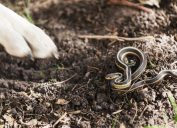It's Snake Season Again—Here's How to Spot and Avoid Them, Experts Say
These are the best ways to prevent any surprise run-ins with reptiles.
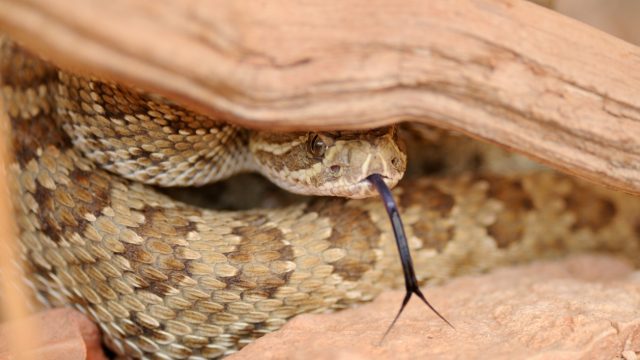
The return of warm weather each year is usually a cause for celebration, as nature starts to get back into full swing. But along with the return of budding flowers in your garden and outdoor activities like hiking, animals like snakes also become more active as the new season begins. Fortunately, most species of the slithering reptile are harmless, and even those with a venomous bite will usually only lash out in defense. However, there are a few tricks to ensure you don't accidentally find yourself in any surprise encounters. Read on for tips from experts on how to spot and avoid reptiles, now that it's snake season again.
READ THIS NEXT: Invasive 200-Pound Pythons Are Spreading in the U.S.—And Eradication "Is Not Possible."
1
Be especially cautious on the hiking trail.

There's no better way to appreciate nature than by hitting the hiking trail and putting in a few miles. But this healthy activity naturally increases your chances of encountering a snake. Before you lace up your boots for your next trek, there are a few essential things to remember, for safety's sake.
"Stay in the middle of the trail if possible," says Roger Dickens, wildlife technical services manager at Ehrlich Pest Control. "Snakes will likely be hiding along the sides of the trails, under fallen trees, and in between rocks."
And it's not just about where you're putting your feet. "Always inspect any area thoroughly before placing your hand near the ground or when taking a break on downed trees or rocks," he adds. "And if you drop something, be sure to inspect the surroundings before reaching down to pick it up."
2
Ensure they can't get into your home.

No matter where you live, humans and snakes cohabitate more than many of us realize. After all, our yards and property are shared spaces with nature. But having a snake sneak its way inside your home is an entirely different situation—and one you should take steps to avoid now that they're becoming active again.
"Eliminate entry points in and around your home," says Scot Hodges, vice president of professional development and technical services at Arrow Exterminators. "This means you should seal windows, walls, and concrete slabs with any cracks. Next, fill drainage and washout areas, like voids on the side of a driveway, patio, or sidewalk. And check for entry points in sheds and other outdoor buildings."
READ THIS NEXT: Keeping This Outside Will Attract Snakes to Your Yard, Experts Say.
3
Know where to look when gardening.
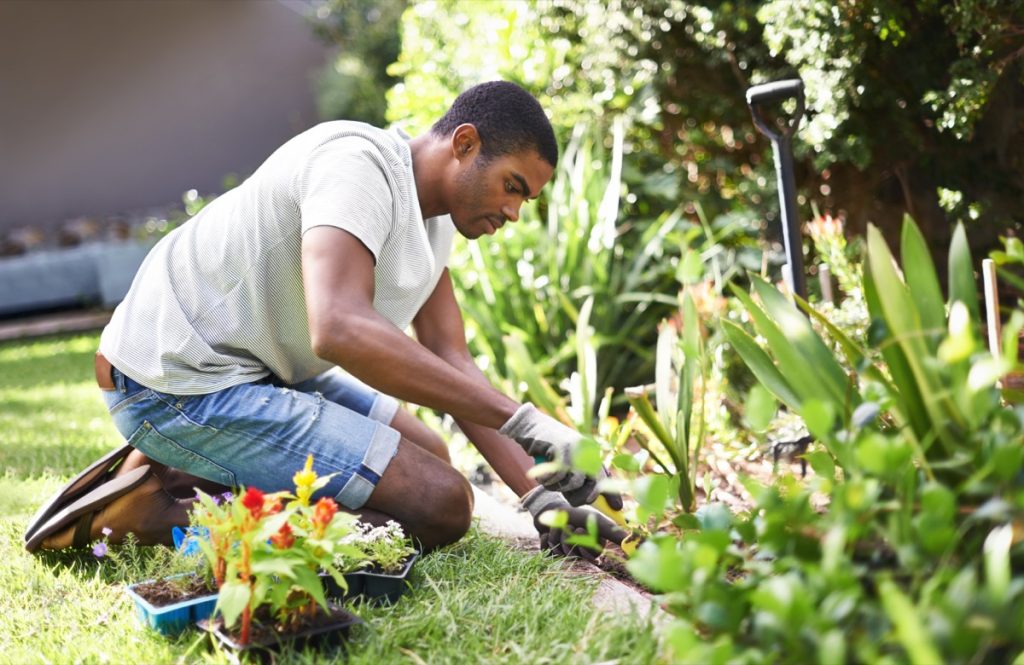
Whether you're a green thumb who can't wait to get back into the garden or a homeowner begrudgingly doing yardwork, warm weather means you'll likely be spending more time tending to your home's outdoor space. But as you get out your tools for the first time this season, you'll still want to be cautious when getting your hands dirty.
"People should always inspect any low-lying areas before reaching down," Dickens warns. "It's best to wear shoes that completely cover the foot and ankle to protect those areas from bites, as well as thick gloves to protect the hand and wrist areas."
Since snakes can remain well camouflaged, you might want to take special measures to ensure you don't accidentally disturb them. "I recommend using a long pole such as an old broom handle to lift low-hanging vegetation like leaves or flowers to keep a safe distance from potential snake hazards," Dickens says.
4
Keep your eyes peeled for physical evidence.

Snakes may be incredibly quiet and expert hiders, but they can still leave behind plenty of physical evidence that they're around. According to Georgina Ushi Phillips, DVM, a writer for The Reptile Room and a Florida-based veterinarian, keeping your eyes peeled for specific signs such as snake skins can be one way to identify when they're living nearby.
"Snake feces is a clear sign that there's a snake around, and it looks just like you'd imagine: long, narrow pellets," she says. "However, the problem is that many species of snakes poop just once a week—or even less frequently—so it's far from the perfect indicator."
Fortunately, there's another immediate sign that can be helpful. "Snakes tracks look just like you'd imagine, and the winding lines can be quite obvious in any kind of dust or dirt. Since snakes usually crawl through dusty or dirty areas to get into the home, they're usually quite obvious inside, too," she says.
For more snake advice delivered straight to your inbox, sign up for our daily newsletter.
5
Take care of any pest problems on your property.
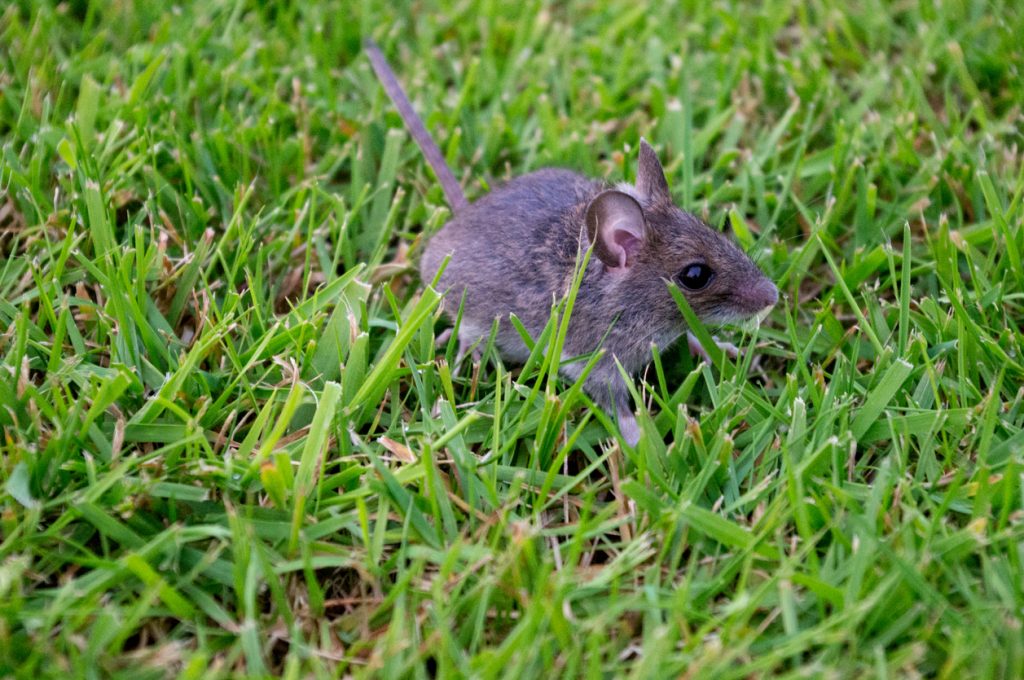
Dealing with a rodent problem can be one of the most frustrating ordeals a homeowner can go through. But besides being a health risk and general nuisance, having them around could also attract more snakes to your property and home, making it more likely you'll run into one.
"Get rid of their food source!" says Rory Smart, region service manager at wildlife services company Critter Control. "Snakes are our natural pest control because they eat mice, rats, and a variety of insects. However, to prevent them from in turn becoming the pest, I recommend having your home and property inspected for rodents and bugs by pest control professionals."
6
Know their hiding places and try to remove them.
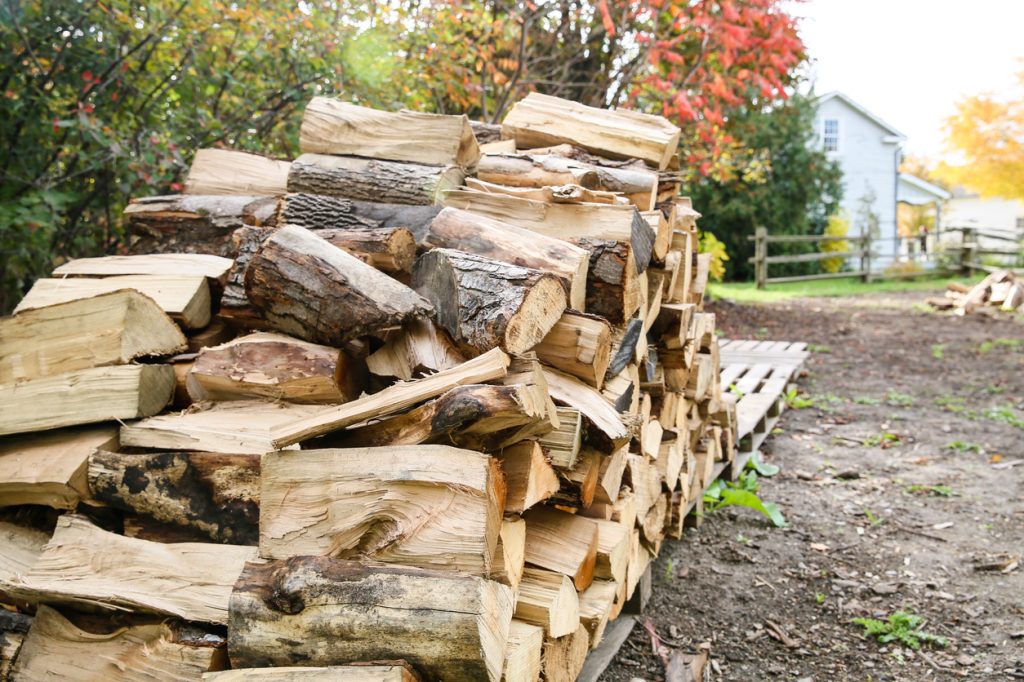
Even though they prefer solitude, snakes can sometimes find comfort in the accidental homes we create for them around our property. This means you should take extra care to spot and remove anything that might be inviting to them.
"Get rid of any habitats conducive to snakes that are in close proximity to the home," suggests Smart. "Keep shrubs and bushes trimmed at least two to three feet from the foundation."
And it's not just plant growth you need to be worried about. "Remove as much debris or clutter as possible from around the home," says Dickens. "Clutter and debris offer snakes the opportunity to sun themselves and retreat to shaded areas if they become overheated. These items provide ideal habitat for snakes and small rodents that snakes prey upon."
READ THIS NEXT: The No. 1 Way to Keep Snakes From Getting in Through Your Toilet.
7
Create an uninviting space for snakes near your home.

What you plant in your garden can help attract everything from hummingbirds to compliments from neighbors. But if you want to avoid making your yard a comfortable space for snakes, some can also be useful in keeping things away.
"Adding plants like spiny and low-growing holly can make your yard less appealing to snakes," says Phillips. "But it's not just vegetation that is uncomfortable for snakes to slither against: Strong-smelling plants like marigolds, lemongrass, onions, garlic, cinnamon, basil, and pink agapanthus all have unappealing scents to snakes and can act as a natural repellant."

